Late in the afternoon of March 14 (Vietnam time), the world gold price officially surpassed the threshold of 3,000 USD/ounce for the first time in history, thereby increasing the increase since the beginning of the year to 13.5%, compared to the average annual increase to date of about 7%/year.
Gold prices have been climbing since the beginning of the year due to many factors, including geopolitical tensions in Ukraine and the Middle East, unpredictable economic policies of the Trump administration, signs of US inflation, a weakening US dollar and increased demand for physical gold in many countries, including China.
Information recently released by the World Gold Council (WGC) shows that China's gold market witnessed strong price growth and record ETF inflows in February, amid an improving economic outlook that will lead to continued demand for jewelry in the future.

Gold prices continued to rise internationally in February, but even more so in China, noted Ray Jia, head of China research at the WGC.
"The relative outperformance of Chinese yuan (CNY) gold prices relative to U.S. dollar gold prices is largely due to the 0.5% depreciation of the Chinese currency during this period," Ray Jia told Kitco.
According to Jia, although gold prices corrected lower in the second half of February, gold prices continued to set new records during this period, both in USD terms (with 11 records) and in RMB terms (6 times).
China’s gold ETFs saw record inflows, with inflows of 14 billion yuan ($1.9 billion) in February, Jia said.
This was the largest monthly inflow ever, and together with rising gold prices, pushed total assets under management of Chinese gold ETFs to 89 billion yuan ($12 billion) at the end of the month.
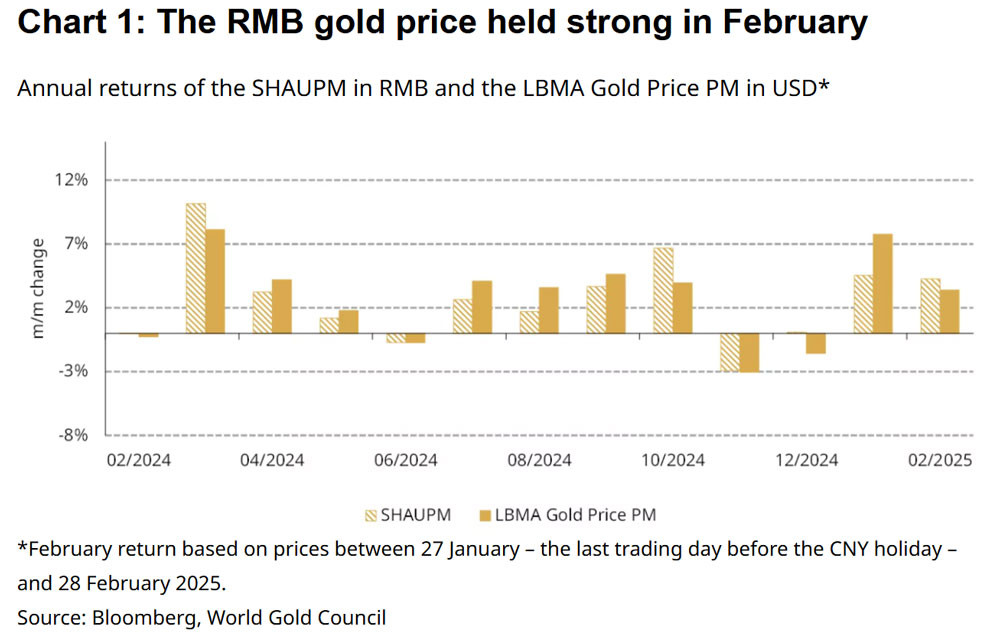
Total ETF holdings also rose by 21 tonnes to 131 tonnes - another record high, which Jia said was driven by concerns over the Trump administration's trade policies, which have driven some money into gold as a safe haven.
The People's Bank of China (PBoC) also extended its government gold purchases for the fourth consecutive month. In February alone, the PBoC added 5 tonnes of gold, bringing China's official gold holdings to 2,290 tonnes at the end of February - the highest level on record, accounting for 5.9% of total foreign exchange reserves.
In the first two months of 2025, China's gold reserves increased by a total of 10 tons.
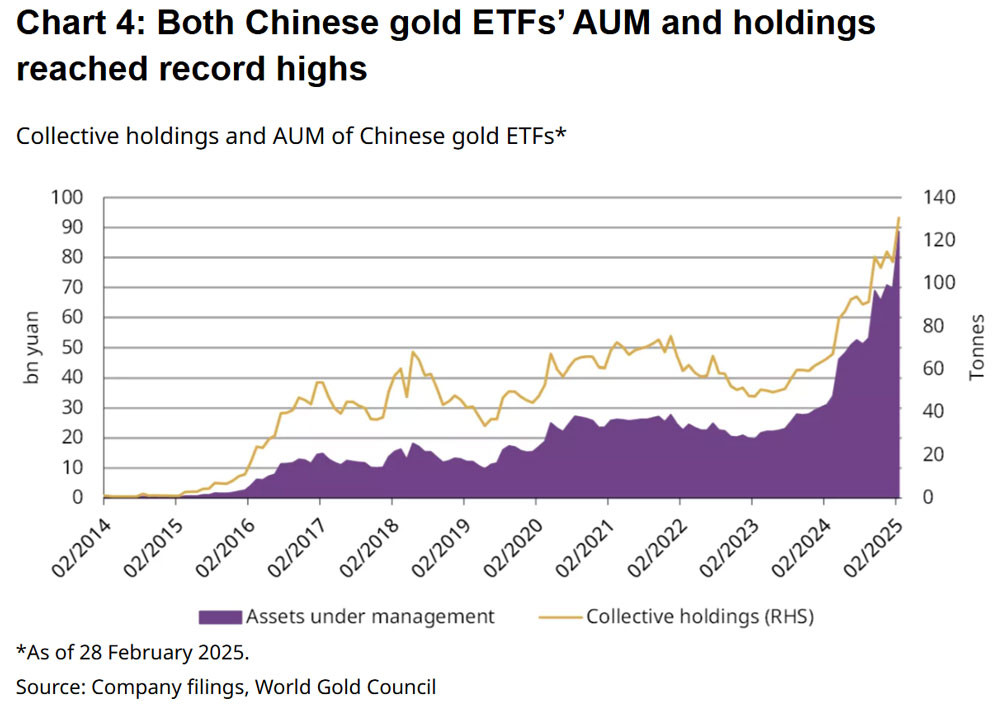
The World Gold Council believes that China's economic growth is showing signs of improvement, which will continue to boost the gold market.
Accordingly, the manufacturing PMI index was positive in February. New loans at the beginning of the year in China also surged, reflecting the Beijing government's stimulus policy to achieve the economic growth target of 5% in 2025.
Jia said investment demand for gold in China remains strong as investors expect gold prices to continue rising and concerns about uncertainty over US trade policy drive buying.
With the above factors, some organizations have boldly given higher forecasts for gold, instead of the previous level of 3,000-3,100 USD/ounce.
On Kitco, expert Marcus Garvey from Australian bank Macquarie, commented that gold prices will rise to a high of $3,500/ounce in the third quarter of this year. This is a price equal to the inflation-adjusted record high of gold set in January 1980.
Early morning of March 15, world gold price slightly decreased to 2,988 USD/ounce after a hot increase.
Domestically, in the trading session of March 14, the prices of gold bars and gold rings both skyrocketed and set a new all-time high record. SJC gold bars closed the session of March 14 at VND94.3 million/tael (buy) and VND95.8 million/tael (sell). Meanwhile, Doji listed gold rings at VND94.9 million/tael (buy) and VND96.3 million/tael (sell).





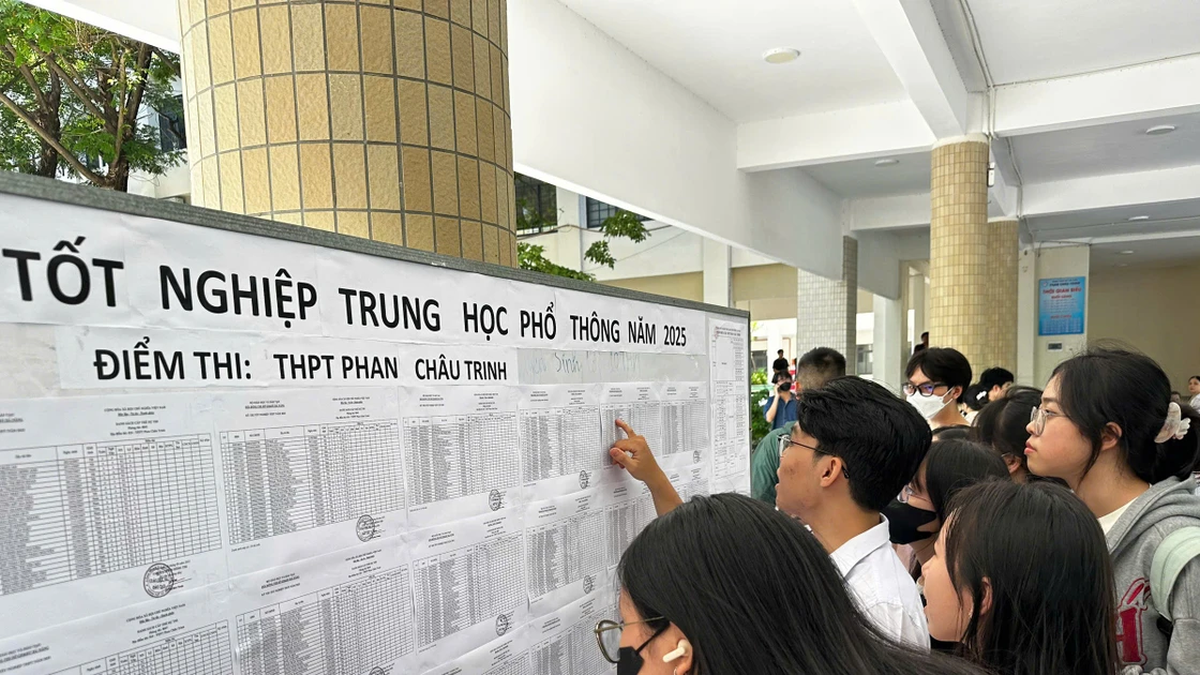
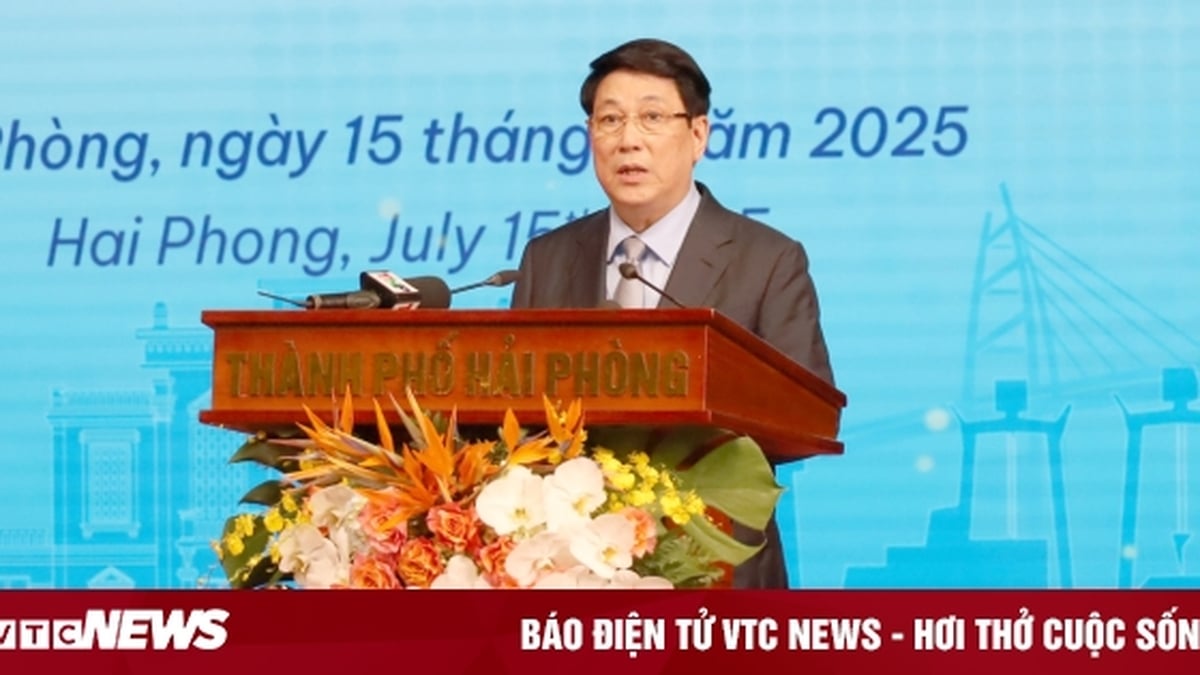









































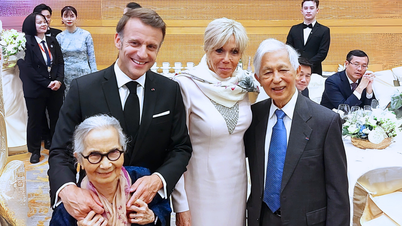
















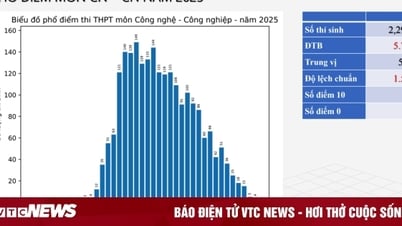









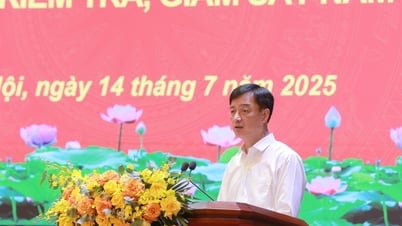



























Comment (0)